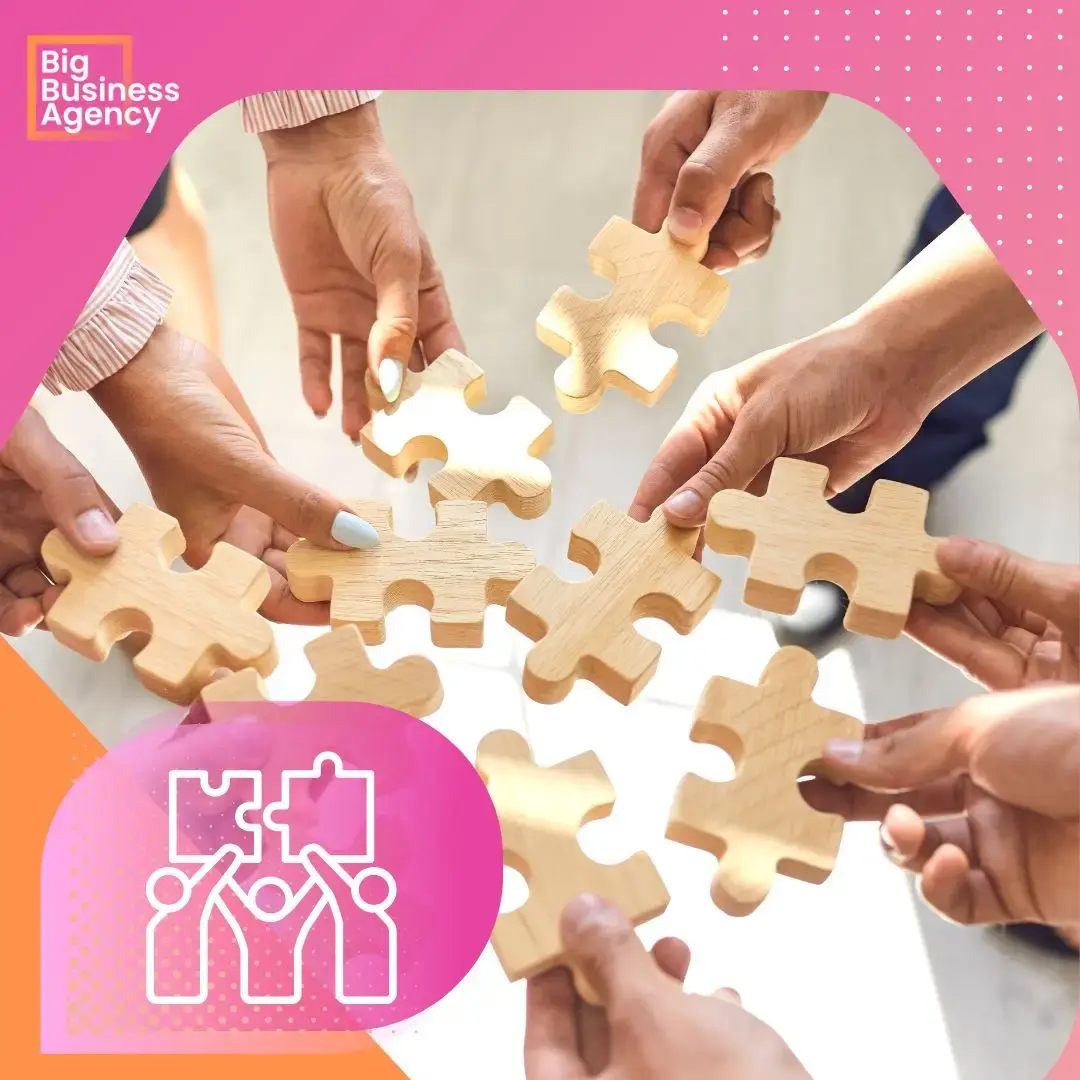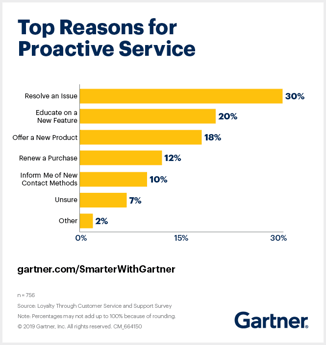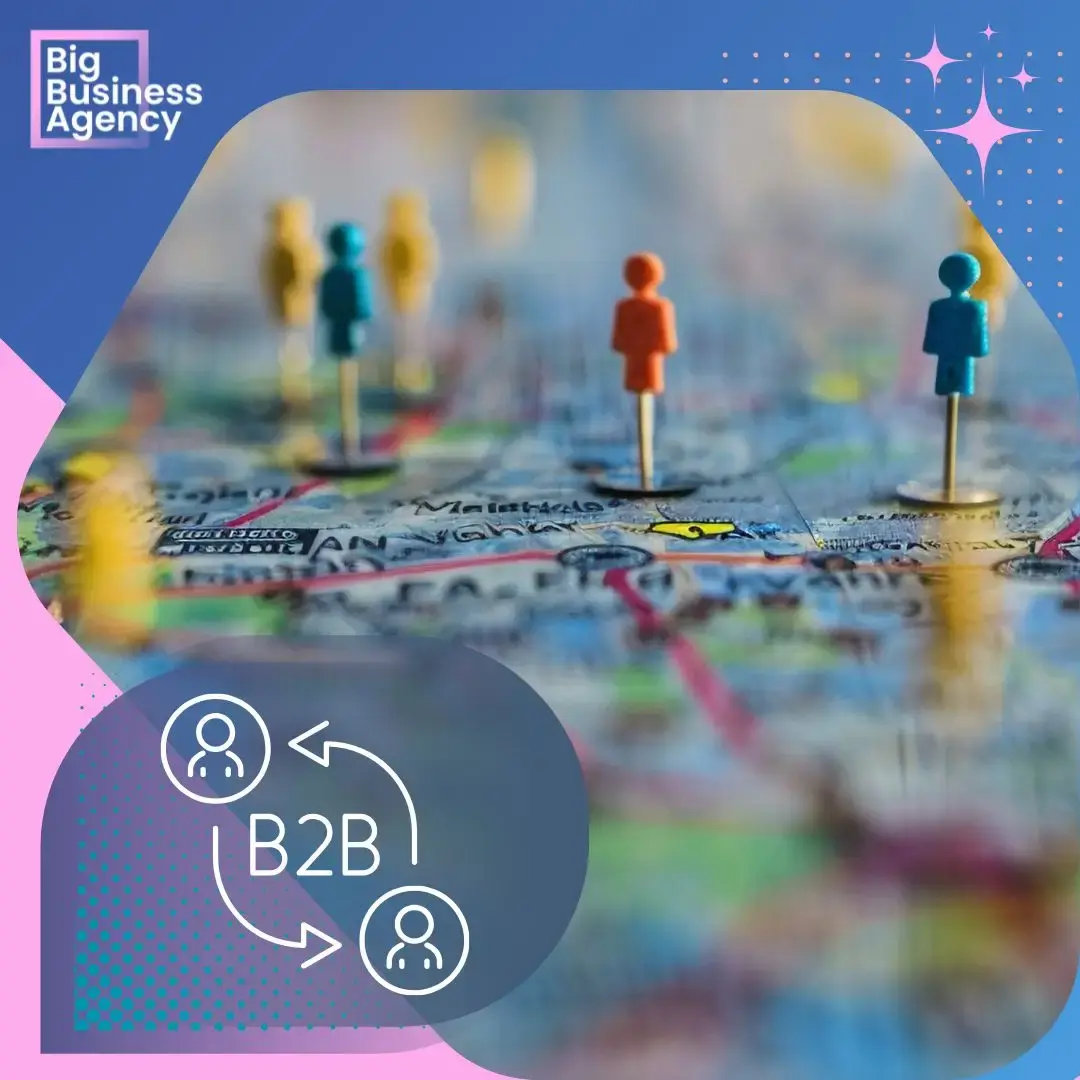What is Customer Service Management?
Customer Service Management (CSM), focused on proactive problem-solving, empathy and clear communication, is fundamental to providing an...

Premium products and services command a premium because they are perceived to deliver more value, and 86% of buyers will pay a premium for a great customer experience (Source - PWC).
Aligning sales and customer service operations is a big part of providing outstanding CX, and where it matters most is winning Big Enterprise Deals.
Sales teams are focused on qualifying and winning new Big Deals. Customer Service Operations teams are focused on delivering Sales promises.
What could possibly go wrong?
Misalignment between these two teams has the potential to damage the customer's experience, so aligning trust and expectations between these two departments is critical.
So, how can businesses successfully align these two critical departments?
Let’s dive into the benefits, challenges, and actionable strategies that can bring sales and service teams together for long-term success.
Why Alignment Between Sales and Customer Service Matters
Delivering exceptional customer experience (CX) is the cornerstone of business success.
When customers' expectations are met, they are delighted and become loyal advocates. They share their positive experiences with others, helping Sales win new Big Deals.
Yet, in many companies, providing an outstanding customer experience is actually the responsibility of as few as one or two highly dedicated staff members who somehow manage to deliver.
This is an unsustainable risk and creates a workplace that's easy to walk away from. It's more common than you think.
Gaps in meeting customer expectations, often termed experience disconnects, occur because of misalignment in people, processes or technology.
What defines a remarkable experience? It's more than solution-driven; it's meeting the customer's expectations with speed, convenience, consistency and friendliness, all tied together by the human touch.
Leveraging technology to foster genuine connections and equipping employees to enhance customer interactions with friendliness and empathy delivers speed, convenience, and consistency. Loyalty is reserved for those brands and products that consistently offer outstanding value with minimal hassle.
The challenge lies in purposefully integrating new technology to humanise the experience, ensuring it empowers employees and delights customers without causing frustration.
When Sales and Customer Service function independently, the customer experience is compromised. Sales may set ambitious promises regarding features or timelines, causing service teams to rush to fulfil these challenging expectations. This situation can result in:

B2B buyers demand seamless, cohesive experiences at every touchpoint. They are under pressure to perform and can't tolerate poor service.
This expectation shift means buyers now view sales and service not as separate entities but as integral components of a unified supplier experience.
They expect a consistent narrative and a smooth transition from one stage of their journey to the next, without disruptions or inconsistencies. To meet these heightened expectations, businesses must effectively integrate their sales and service functions.
This integration is not merely a logistical necessity but a strategic imperative that can significantly enhance the customer journey. By breaking down silos and fostering collaboration between these departments, companies can streamline processes, reduce friction and ensure that customers receive a coherent and satisfying experience.
Moreover, this alignment helps build and nurture trust, a critical factor in today's competitive market. When customers perceive that a company is genuinely committed to understanding and meeting their needs, they are more likely to develop a sense of loyalty.
This enduring loyalty benefits repeat business and transforms customers into advocates who willingly share their positive experiences with others, further amplifying the company's reputation and reach.

When sales and service teams collaborate effectively, customers benefit from consistent and precise information, resulting in elevated satisfaction levels. A knowledgeable service team can swiftly address issues and anticipate potential concerns, significantly enhancing the overall customer experience.
Unified teams streamline operations by minimising redundant tasks, enhancing workflows, and removing bottlenecks. Advanced single-platform systems enable both teams to monitor real-time customer interactions, facilitating a seamless transition from sales to service.
A customer-focused strategy ensures that sales and service teams work harmoniously, delivering a seamless experience that builds trust and fosters long-term loyalty.
When these teams are aligned, customers receive consistent and reliable service, enhancing their overall satisfaction and reinforcing the company's reputation for reliability and innovation.
Unified teams unlock enhanced opportunities for upselling and cross-selling. By providing service teams with access to comprehensive sales data, they can accurately identify customer needs and deliver personalised recommendations, driving revenue growth with confidence.

Yes, this is the big one. The goal of closing deals drives sales teams, whereas service teams are dedicated to ensuring customer retention and satisfaction. Without harmonised incentives, these departments might inadvertently work at cross purposes instead of collaboratively.
Without regular interaction, sales and service teams operate in silos. This leads to:
Numerous businesses rely on disparate tools for sales and service, complicating tracking a customer's journey.
Both teams lack essential visibility into critical customer data without a unified single platform.

Enduring Customer Focus - Forward-thinking, customer-centric brands understand the power of setting themselves apart by going beyond simply resolving issues. They focus on creating memorable interactions that leave a lasting impact. By adopting a more empathetic, proactive and timely approach to customer support, your business can confidently establish itself as a leader in delivering exceptional quality and trustworthy customer service.

HubSpot is a prime example of a company that has successfully integrated sales and customer service through its CRM platform.
By aligning sales and support through a single source of truth, HubSpot improves customer satisfaction, retention, and revenue growth—demonstrating how seamless collaboration can drive business success.
Aligning Sales and Customer Service is an essential practice for businesses aiming to strive for premium pricing by offering outstanding customer experience (CX).
By nurturing collaboration, harnessing cutting-edge technology and aligning objectives, companies can craft an impressive customer experience that propels sustained success.
While technology serves as a powerful catalyst, it is not the ultimate solution. Companies cannot rely solely on technology to resolve customer experience challenges- it acts as a facilitator. Take time to select the right fit technology for your business.
Prioritising the customer experience is essential to realign business objectives. A positive employee experience fosters stronger, smarter, innovative ideas, driving future business success and delivering exceptional customer experiences.
Making your business customer-centric is paramount for any company dedicated to exceptional customer experience. This approach not only justifies premium pricing but also significantly enhances customer experience and brand loyalty.
If you would like to learn more about our methods and tools to achieve Sales and Customer Service alignment, set up a meeting with one of our knowledgable team members today.
FAQs
Because a seamless experience leads to higher customer satisfaction, increased retention, and better revenue growth.
CRM platforms like HubSpot enable teams to share real-time customer data and insights.
By holding regular meetings, implementing shared goals, and fostering open communication.
Conflicting KPIs, communication gaps, and lack of unified data are the most common roadblocks.
Goaling.
With shared goals in place, Sales and Customer Service teams quickly align.
Other things to consider are;
Defining shared KPIs
Integrating technology
Promoting cross-training between teams

Customer Service Management (CSM), focused on proactive problem-solving, empathy and clear communication, is fundamental to providing an...

How B2B customers buy and what they expect from their suppliers continues to evolve. Self-service expectations, feedback on tickets and issues,...

6 min read
McKinsey discusses the Customer Decision Journey, noting that B2B companies using this view of the journey boost sales by an average of 5 -10...